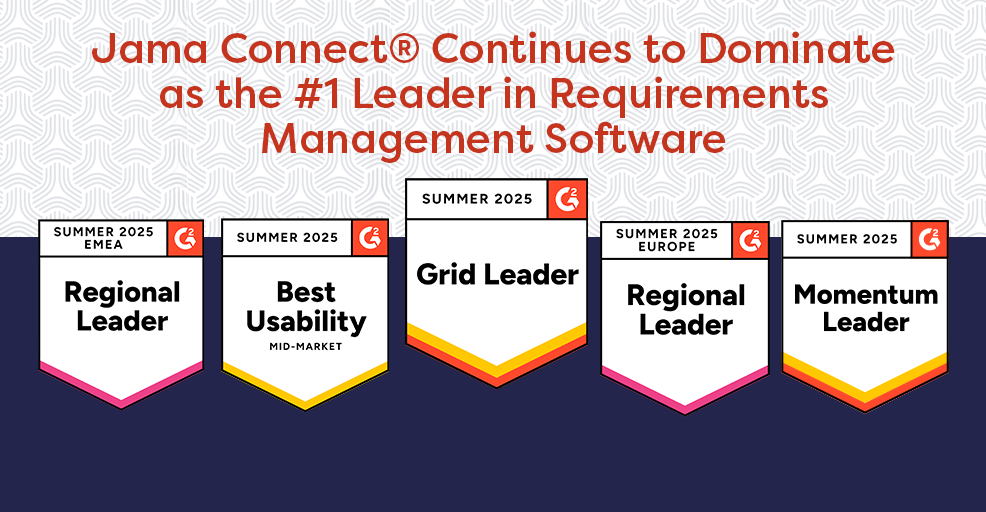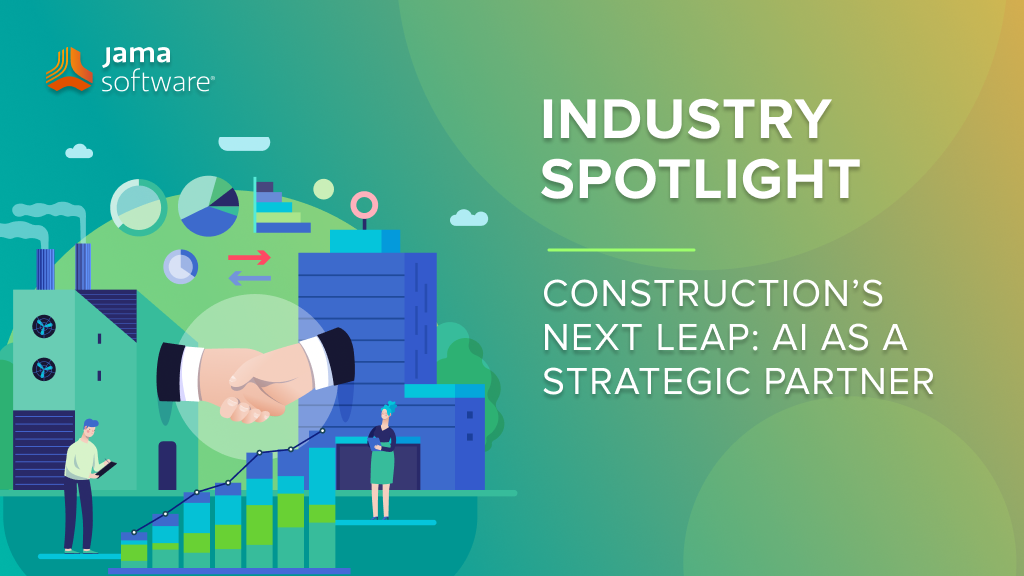
In this blog, we recap our recent Whitepaper, “Navigating AI Safety with ISO 8800 in Road Vehicles”
Navigating AI Safety with ISO 8800 in Road Vehicles
Editor’s Note: This blog post is based off of content from our recent webinar, presented by Matt Mickle and Jody Nelson from SecuRESafe (SRES). To learn more about how SRES can help your team develop responsibly safe and secure products for the evolving automotive and industrial space, please visit SecuRESafe (SRES).
The automotive industry is in the midst of a transformation, driven by the rise of autonomous systems and artificial intelligence (AI). With the promise of enhanced safety, efficiency, and reliability, these technologies are rapidly advancing. However, as the complexity of AI systems used in road vehicles grows, ensuring their safety continues to be a top priority. Key to achieving this is the emergence of new standards like ISO 8800, a pivotal framework for guiding AI safety practices.
AI-powered road vehicles introduce numerous safety challenges, from understanding edgecase scenarios to managing real-time decision-making under varying conditions. Without proper safety assurances, these systems pose risks that could compromise passenger safety and public trust.
Existing Standards and Their Limitations
Standards like ISO 26262 (Functional Safety) and ISO/PAS 21448 (SOTIF – Safety of the Intended Functionality) have laid solid foundations for addressing traditional safety concerns. However, they do not fully account for the dynamic and adaptive nature of AI systems. This gap underscores the importance of ISO 8800.
RELATED: Accelerate Automotive Software Process Improvement and Capability Determination (ASPICE) with Jama Connect®
Addressing the Gaps with ISO 8800
ISO 8800 aims to bridge the existing gaps by providing comprehensive guidelines tailored specifically to AI-driven systems and their unique challenges. Unlike traditional systems, AI operates in a highly dynamic environment where decision-making is continuously evolving based on real-time data inputs. This introduces complexity in ensuring predictable and safe behavior, especially in unprecedented situations.
One of the key contributions of ISO 8800 is its focus on the explainability and transparency of AI decisions. By mandating traceable decision-making processes, it ensures that the behavior of AI systems can be understood, audited, and, if necessary, corrected. This is crucial for building trust and accountability, particularly in high-stakes contexts such as autonomous vehicles. Additionally, ISO 8800 emphasizes robust testing methodologies that go beyond conventional verification techniques. These methodologies consider edge cases, rare events, and adaptive learning mechanisms to ensure the AI system performs safely under even the most unpredictable circumstances.
By addressing these and other critical facets, ISO 8800 not only enhances existing standards but also sets a forward-looking precedent for ensuring the safety and reliability of AI systems in a rapidly evolving technological landscape.
ISO 8800 Overview
ISO 8800 focuses on ensuring that AI systems deployed in road environments adhere to rigorous safety standards while maintaining adaptability to real-world challenges. The framework is built around several key pillars, including behavior modeling, risk assessment, and continuous improvement processes.
First, ISO 8800 emphasizes the creation of robust behavior models for AI systems. These models define how an AI system should act in varying scenarios, taking into account factors such as traffic conditions, weather changes, and unforeseen obstacles. By establishing clear behavioral expectations, ISO 8800 aims to prevent unpredictable AI actions that could compromise safety.
Second, the framework requires comprehensive risk assessment protocols. This involves identifying potential vulnerabilities and failure points in AI systems and implementing strategies
to mitigate these risks. Importantly, ISO 8800 promotes a proactive approach, encouraging developers to anticipate edge cases — rare and complex situations that may strain an AI system’s capabilities.
Lastly, continuous improvement is a fundamental aspect of ISO 8800. AI systems must undergo regular updates and evaluations to ensure optimal performance in evolving environments. The framework supports ongoing data collection and analysis, allowing developers to refine algorithms and adapt to new challenges over time. By addressing these areas, ISO 8800 provides a structured foundation for managing the intricacies of AI in road safety, paving the way for innovation that aligns with public trust and regulatory expectations.
Core Principles
- Transparency: Ensure clear visibility into AI decision-making processes.
- Robustness: Design AI systems to perform reliably even under challenging and unforeseen conditions.
- Fairness and Accountability: Mitigate biases in AI algorithms and establish accountability mechanisms for system failures.
Interoperability with Other Standards
One of ISO 8800’s strengths is its compatibility with existing safety standards, complementing ISO 26262 and SOTIF. Together, these frameworks create a holistic approach to managing road vehicle safety.
Benefits of ISO 8800 Adoption
The adoption of ISO 8800 brings forth a range of strategic and operational advantages for organizations working on AI-driven systems, particularly in safety-critical industries. One of the most significant benefits is the enhancement of trust in AI systems. By adhering to standardized guidelines that emphasize safety, transparency, and reliability, companies can demonstrate their commitment to ethical AI practices. This commitment builds confidence not only among regulatory bodies but also within the general public and the broader industry ecosystem.
Another crucial advantage is the reduction of safety risks. ISO 8800 provides a robust framework for identifying, assessing, and mitigating potential hazards associated with AI operations. This systematic approach reduces the likelihood of accidents, malfunctions, or unforeseen consequences, particularly in applications such as autonomous vehicles, healthcare technologies, and industrial automation. Furthermore, by minimizing risks, organizations can lower the potential costs associated with failures or liability claims.
Regulatory compliance also becomes significantly more streamlined with ISO 8800. The standard aligns closely with emerging global regulations, helping organizations stay ahead in meeting legal and procedural requirements. This proactive alignment not only speeds up product approvals but also positions organizations as leaders in regulatory adherence, further strengthening their market reputation.
Lastly, adopting ISO 8800 can unlock new opportunities for innovation and collaboration. By integrating these standards into their development processes, companies create systems that are interoperable and compatible with broader networks. This fosters collaboration with partners, suppliers, and stakeholders while driving industry-wide advancements. Ultimately, ISO 8800 serves as a critical enabler of long-term success in building safe, reliable, and scalable AI systems.
RELATED: Buyer’s Guide: Selecting a Requirements Management and Traceability Solution for Automotive
BEST PRACTICES FOR COMPLIANCE
Integrating ISO 8800 in Your Systems
- Start with a Gap Analysis: Identify areas where current practices fall short of ISO 8800 requirements.
- Develop a Comprehensive Safety Plan: Define clear safety goals and documentation protocols.
- Leverage Scalable Tools: Use model-based approaches to manage complexities in AI behavior.
Achieving compliance with ISO 8800 requires a well-structured and proactive approach. Begin by conducting a thorough gap analysis to evaluate your current processes against ISO 8800 standards. This initial step allows organizations to pinpoint specific areas where improvements are necessary, ensuring resources are allocated effectively. Following this, the development of a comprehensive safety plan is crucial. Such a plan should outline clear safety objectives, specify documentation procedures, and include ongoing evaluation mechanisms to ensure continuous improvement. It is essential to integrate roles and responsibilities across teams to foster
accountability and streamline implementation efforts.
Organizations should also invest in scalable tools to manage the inherent complexities of AI system behavior. Model-based approaches can be particularly effective, enabling teams to simulate, test, and validate system responses in a controlled environment. Additionally, prioritizing robust data management practices — such as ensuring data quality, traceability, and transparency — can strengthen the organization’s ability to identify risks and address them proactively. Regular training and awareness programs for staff are equally important to ensure alignment with compliance requirements and foster a culture of safety.
Finally, maintaining consistent communication with stakeholders, including regulatory bodies, industry partners, and end-users, helps build trust and demonstrates a commitment to adhering to ISO 8800. Establishing a feedback loop where compliance practices are periodically reviewed and refined will significantly enhance both reliability and long-term industry credibility.
By embedding these best practices, organizations can ensure a robust framework for safety and compliance while keeping pace with evolving industry standards.









